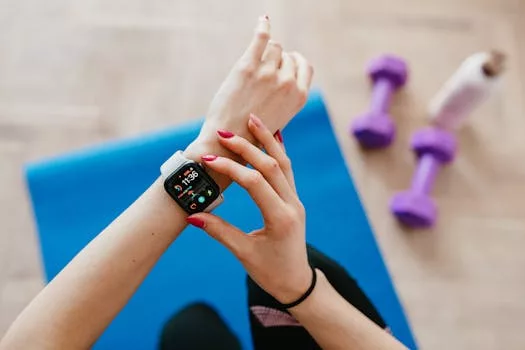
“
Wearable Tech in 2025: Bridging the Gap Between Health and Technology
Introduction to Wearable Tech
Wearable tech, also known as wearables, has been gaining popularity over the past decade. Wearable tech refers to electronic devices that are designed to be worn on the body, either as an accessory or as a part of clothing. These devices can track a wide range of health and fitness metrics, such as heart rate, steps taken, distance traveled, and calories burned. In recent years, wearable tech has become increasingly sophisticated, with many devices now offering advanced features such as GPS tracking, mobile payments, and even medical monitoring. For more insights into the future of wearables, check out our post on Next-Gen Wearables: What 2025 Has in Store for Tech Enthusiasts.
Advancements in Wearable Tech
One of the most significant advancements in wearable tech has been the development of smartwatches. Smartwatches are wearable devices that offer many of the same features as smartphones, but are designed to be worn on the wrist. They can receive notifications, track fitness metrics, and even make phone calls. Many smartwatches also offer advanced health monitoring features, such as electrocardiogram (ECG) readings and blood oxygen level monitoring. If you’re interested in the latest trends in wearable technology, our article on The Impact of AI on Wearable Technology: Trends to Watch in 2026 is a must-read.
Another area of advancement in wearable tech is the development of fitness tracking devices. Fitness trackers are designed specifically for tracking physical activity, such as steps taken, distance traveled, and calories burned. Many fitness trackers also offer additional features, such as heart rate monitoring and GPS tracking. Some popular examples of fitness tracking devices include Fitbit, Garmin, and Apple Watch.
Health Monitoring and Wearable Tech
Wearable tech has also been increasingly used for health monitoring. Many wearable devices now offer advanced health monitoring features, such as blood glucose monitoring, blood pressure monitoring, and even medical alert systems. These devices can be especially useful for people with chronic health conditions, such as diabetes or heart disease. To explore how lifestyle changes impact health, you might find our post on Exploring Wellness Trends: A Look at Dubai’s Health-Conscious Lifestyle enlightening.
In addition to health monitoring, wearable tech has also been used for medical research. Many researchers are using wearable devices to collect data on health and fitness metrics, which can be used to better understand the causes of certain diseases and develop new treatments.
Conclusion
In conclusion, wearable tech has come a long way in recent years. From smartwatches to fitness tracking devices, wearable tech has revolutionized the way we approach health and wellness. With its advanced health monitoring features and ability to track a wide range of fitness metrics, wearable tech is becoming an essential tool for anyone looking to improve their health and fitness.






1 thought on “Wearable Tech in 2025: Bridging the Gap Between Health and Technology”
Comments are closed.